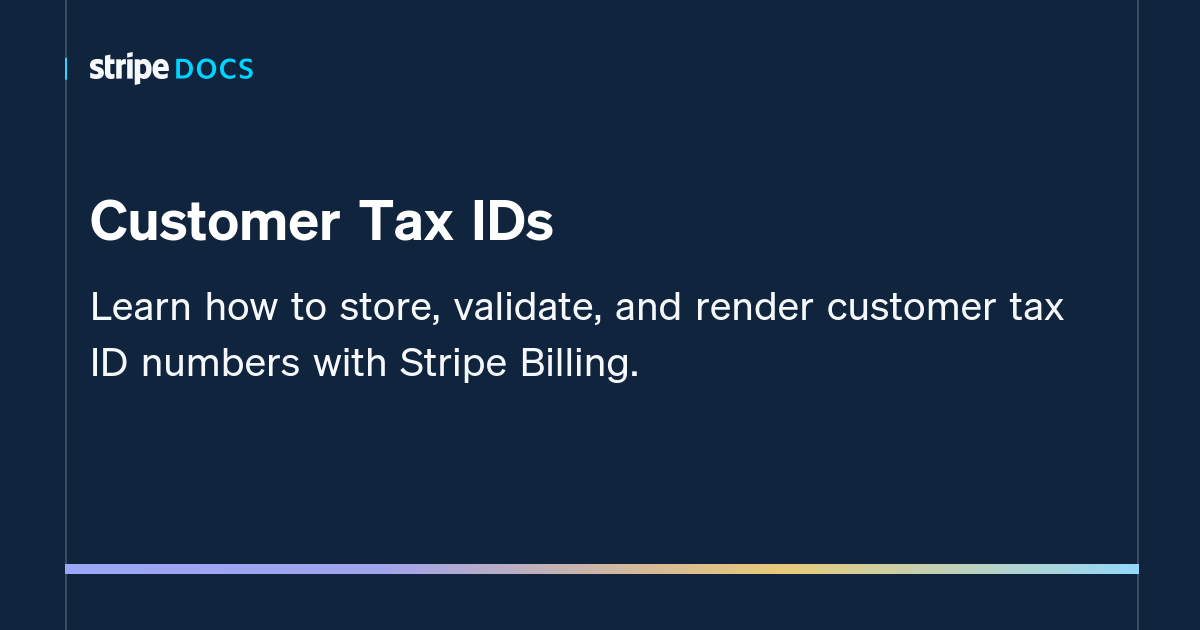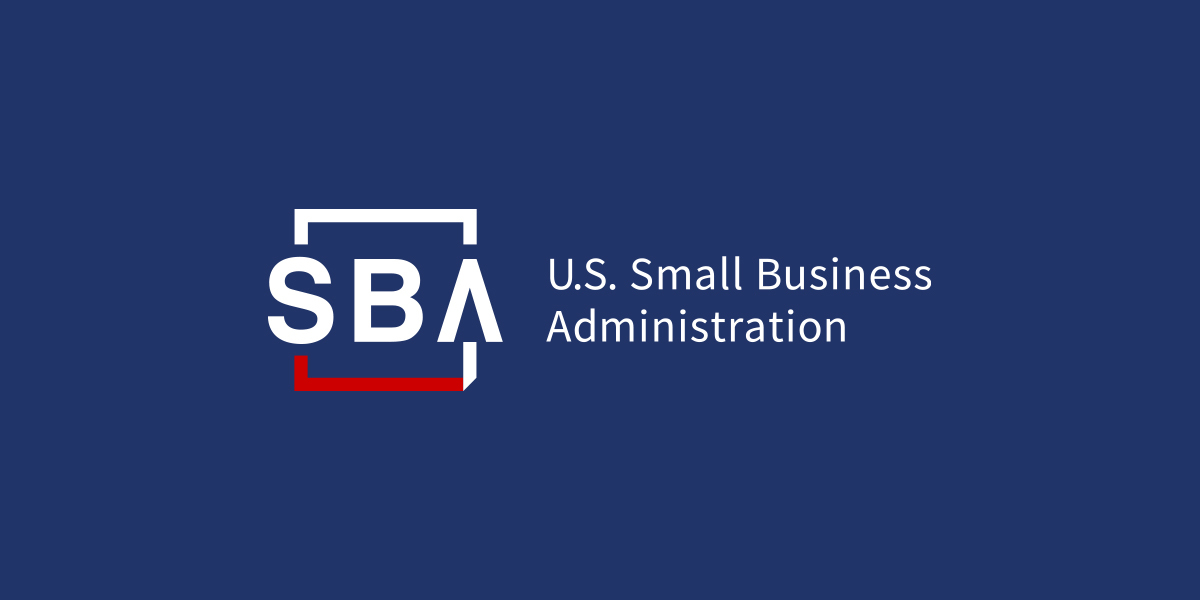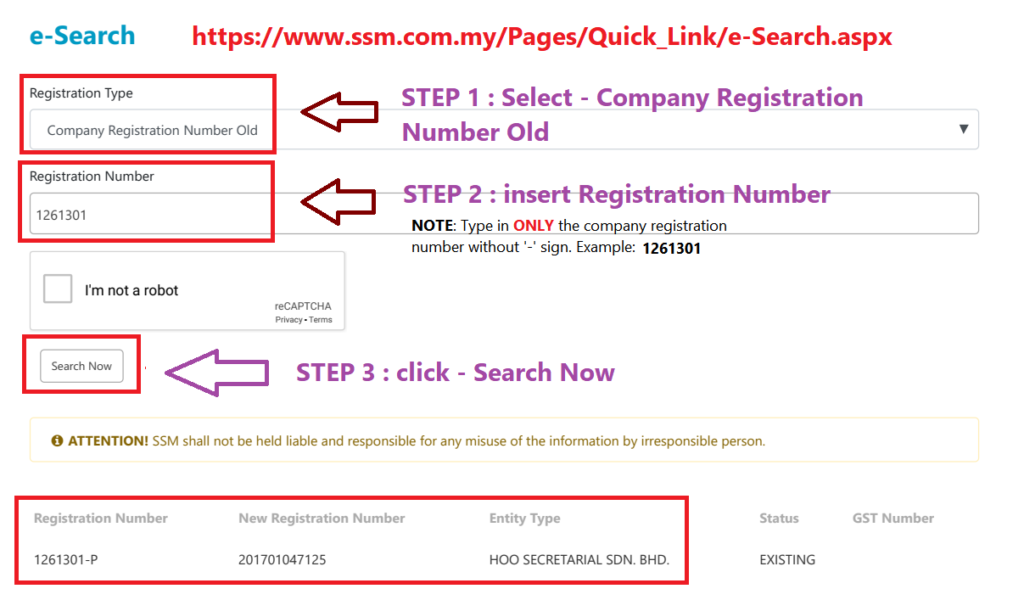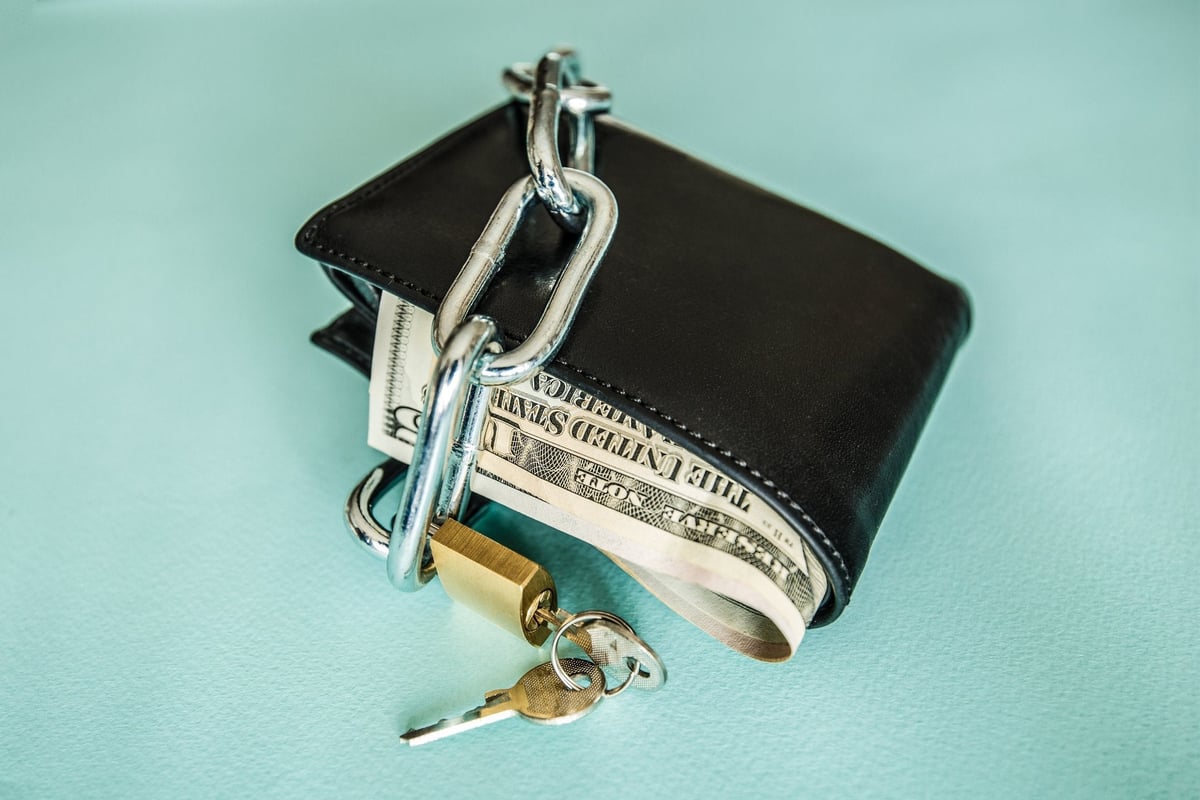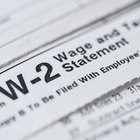Topic How to find my employer's federal identification number: Looking for your employer\'s federal identification number? Don\'t fret! It\'s easier than you think to track down this important piece of information. One of the simplest ways to find your employer\'s EIN is by checking your W-2 form. Just look for Box b, where you\'ll find a 9-digit number. In case you\'ve lost or misplaced your EIN, don\'t worry - there are proactive steps you can take to remedy the situation. Stay calm and read on to discover how to retrieve your Employer Identification Number hassle-free.
Table of Content
- How can I find my employer\'s federal identification number?
- What is an employer identification number (EIN)?
- Why do I need to know my employer\'s EIN?
- YOUTUBE: Finding your federal employer identification number
- Where can I find my employer\'s EIN on my W-2 form?
- Can I find my employer\'s EIN on my pay stub?
- What should I do if I can\'t find my employer\'s EIN on my W-2 or pay stub?
- How can I determine if I need an employer identification number?
- Where can I apply for an employer identification number?
- What information do I need to provide when applying for an employer identification number?
- What should I do if I have lost or misplaced my employer identification number?
How can I find my employer\'s federal identification number?
To find your employer\'s federal identification number (also known as an Employer Identification Number or EIN), you can follow these steps:
1. Check your W-2 form: The easiest way to find your employer\'s EIN is by looking at your W-2 form. The EIN is typically listed in Box b of the form. It is a nine-digit number that identifies your employer for tax purposes.
2. Review your pay stubs: You can also check your pay stubs for your employer\'s EIN. Some companies include the EIN on their employees\' pay stubs, especially if they are provided electronically.
3. Contact your employer\'s HR department: If you can\'t find the EIN on your W-2 or pay stubs, reach out to your employer\'s HR department. They should be able to provide you with the EIN or direct you to the relevant department or resource.
4. Check tax forms or documents: If you have any tax documents or forms related to your employment, such as Form 1099 or Schedule K-1, the EIN may be listed there. Review these documents to see if the EIN is included.
5. Call the IRS: If the above steps don\'t work, you can contact the Internal Revenue Service (IRS) at 1-800-829-4933. Explain your situation, and they may be able to assist you in obtaining the EIN of your employer. Be prepared to provide your personal information and any relevant employment details.
Remember, the EIN is for official purposes, and you should only use it when required or authorized to do so.
READ MORE:
What is an employer identification number (EIN)?
An employer identification number (EIN) is a unique nine-digit number assigned by the Internal Revenue Service (IRS) to businesses and organizations for tax filing and reporting purposes. It is also referred to as a federal tax identification number.
Here is a detailed explanation of what an EIN is and how it is used:
1. Purpose of an EIN: An EIN is used by the IRS to identify businesses and organizations when they file various tax documents, such as income tax returns, employment tax returns, and withholding reports. It is similar to a social security number for an individual.
2. Who needs an EIN: Most businesses and organizations, including sole proprietorships, partnerships, corporations, non-profit organizations, and government agencies, are required to have an EIN if they have employees, operate as a partnership or corporation, withhold taxes on income, or meet other criteria specified by the IRS.
3. Applying for an EIN: To obtain an EIN, you can apply online through the IRS website by using their interview-style EIN application. Alternatively, you can apply by mail or fax by completing Form SS-4, which is available on the IRS website. The application process typically requires information about your business or organization, such as its legal name, address, type of entity, and purpose.
4. Finding your employer\'s EIN: If you are an employee and need to find your employer\'s EIN, the easiest way is to look at your W-2 form. Box b on the W-2 form usually contains the employer\'s EIN. The W-2 form is a tax form that employers provide to their employees at the end of each year, summarizing their wages and tax withholdings.
5. Lost or misplaced EIN: If you have lost or misplaced your employer\'s EIN, you can still retrieve it by contacting the IRS. The IRS has a dedicated Business and Specialty Tax Line that you can call to request your EIN. You may be asked to provide certain information to verify your identity and relationship to the employer.
Remember, an EIN is an important identification number for a business or organization, and it should be protected and kept confidential. It is primarily used for tax-related purposes, so ensure that you use it only for legitimate reasons and comply with all applicable tax laws and regulations.
Why do I need to know my employer\'s EIN?
There are several reasons why you may need to know your employer\'s Employer Identification Number (EIN). Here are a few:
1. Filing Taxes: If you are an employee, you will need your employer\'s EIN to include it on your tax return. This helps the Internal Revenue Service (IRS) properly identify your employer for tax purposes.
2. Claiming Tax Deductions: When you file your tax return, you may be eligible for certain deductions related to your employment. Some deductions require the EIN of your employer to prove the expenses you incurred.
3. Government Forms: In some cases, you may need your employer\'s EIN when filling out certain government forms. This can include applications for various benefits, such as Social Security or Medicare.
4. Wage Reporting: When applying for some types of government assistance programs, wage reporting may be required. Your employer\'s EIN is often needed to accurately report your wages.
5. Credit Applications: When applying for credit, such as a loan or credit card, the lender may ask for your employer\'s EIN as part of the application process. This helps verify your employment and income.
6. Retirement Plans: If your employer offers a retirement plan, such as a 401(k), the plan administrator may require your employer\'s EIN for enrollment or contribution purposes.
Knowing your employer\'s EIN is essential for accurate identification and reporting purposes. It\'s important to keep this information handy to ensure you can fulfill your legal obligations and access any benefits or assistance you may be entitled to.
Finding your federal employer identification number
Learn everything you need to know about the Federal Employer Identification Number (FEIN) in this comprehensive video. Discover the importance of this unique identifier for employers and how to obtain one for your business. Don\'t miss out on this valuable information that can help streamline your operations and ensure compliance with government regulations.
Finding your Employer ID Number (EIN) - TurboTax Support Video
Want to understand the ins and outs of the Employer ID Number (EIN)? Look no further! This video breaks down the EIN process step by step, guiding you through the application and highlighting the benefits of having this identification number for your business. Gain confidence in managing your company\'s financial matters with this essential knowledge.
Where can I find my employer\'s EIN on my W-2 form?
To find your employer\'s EIN (Employer Identification Number) on your W-2 form, you can follow these steps:
1. Retrieve your W-2 form: If you have already received your W-2 form from your employer, locate it. This form is typically provided to employees by the end of January each year.
2. Look for Box b: On your W-2 form, search for Box b, often labeled \"Employer identification number.\" It is typically located near the top of the form, along with other important information about your employer.
3. Identify the 9-digit number: Box b should contain a 9-digit number, which is your employer\'s EIN. It is important to note that an EIN can sometimes be referred to as a Tax ID or the Federal Employer Identification Number.
4. Record the EIN: Take note of the 9-digit EIN mentioned in Box b. This number uniquely identifies your employer for tax purposes.
If you are unable to locate your W-2 form or if Box b is blank or unclear, consider reaching out to your employer\'s HR department or payroll administrator for assistance. They should be able to provide you with the EIN directly.
Can I find my employer\'s EIN on my pay stub?
Yes, you can find your employer\'s Employer Identification Number (EIN) on your pay stub. Here is a step-by-step guide to help you locate it:
1. Obtain a copy of your pay stub: You can either access your electronic pay stub through your employer\'s online portal or request a physical copy from your human resources department.
2. Look for the section labeled \"Employer Information\" or something similar: This section should provide details about your employer, including their name, address, and contact information.
3. Find the EIN: The EIN is usually listed alongside other tax-related information, such as the employer\'s tax filing status and state tax identification number. It is typically a nine-digit number, formatted like XX-XXXXXXX.
4. Note down the EIN: Once you locate the EIN on your pay stub, write it down for future reference. You may need it for various purposes, such as filing your taxes or completing certain financial forms.
It\'s important to keep in mind that not all pay stubs may display the EIN, and the format or layout of pay stubs can vary depending on the employer. If you are unable to locate the EIN on your pay stub, you can also check other documents such as your W-2 form or any official correspondence from your employer, as mentioned in the search results. Alternatively, you can directly contact your employer\'s human resources or payroll department to obtain the EIN.
_HOOK_
What should I do if I can\'t find my employer\'s EIN on my W-2 or pay stub?
If you can\'t find your employer\'s EIN on your W-2 or pay stub, there are a few steps you can take to locate it:
1. Contact your employer: The first step is to reach out to your employer directly and ask them for their Employer Identification Number (EIN). They should be able to provide you with this information easily.
2. Check your tax documents: If you can\'t get in touch with your employer or they are unable to provide the EIN, you can check other tax documents. Look through any previous tax returns or documents related to your employment, such as 1099 forms or annual tax statements. The EIN may be listed on these documents.
3. Search online directories: If you still haven\'t found the EIN, you can try searching for your employer\'s information in online directories. The Internal Revenue Service (IRS) has a tool called the EIN Assistant on their website (www.irs.gov) which can help you find the EIN for certain organizations. Another option is to use commercial databases or online services that provide EIN lookup services. However, keep in mind that some of these services may require payment or a subscription.
4. Contact the IRS: If all else fails, you can contact the IRS directly for assistance. They may be able to help you locate the EIN based on your employer\'s information. You can reach out to the IRS by calling their Business and Specialty Tax Line at 1-800-829-4933.
Remember, it\'s important to keep your employer\'s EIN handy as it is often required for tax purposes.
How can I determine if I need an employer identification number?
To determine if you need an Employer Identification Number (EIN), follow these steps:
1. Understand what an EIN is: An EIN or Employer Identification Number is a unique nine-digit number issued by the Internal Revenue Service (IRS) to identify employers for tax purposes.
2. Evaluate your employment status: If you are self-employed, operate a business as a sole proprietor, have employees, or are involved in certain types of organizations like partnerships, LLCs, corporations, estates, trusts, non-profit organizations, and more, you will typically need an EIN. However, if you are an individual without employees and not engaged in any of these specified activities, you may not need an EIN.
3. Determine if you need to open a business bank account: If you are starting a business and plan to open a bank account specifically for your business, most financial institutions will require an EIN.
4. Research legal requirements: Check the specific legal requirements for your type of business or organization. Different entities may have different regulations regarding the need for an EIN.
5. Consult the IRS guidelines: Visit the official website of the IRS and refer to their guidelines on determining if you need an EIN. They provide detailed information and resources to help you understand if you require an EIN based on your specific circumstances.
6. Seek professional advice: If you are still unsure whether you need an EIN after reviewing the provided information, it may be wise to consult a tax professional or business advisor who can offer personalized guidance based on your situation.
Remember, obtaining an EIN is typically a simple and free process that can be done online through the IRS website if you determine that you need one.

Where can I apply for an employer identification number?
To apply for an Employer Identification Number (EIN), you can follow these steps:
1. Visit the official website of the Internal Revenue Service (IRS), which is the government agency responsible for issuing EINs. The website is www.irs.gov.
2. Search for \"EIN application\" on the IRS website, and you will find a link to the online EIN application.
3. Click on the link to access the online EIN application. This application allows you to apply for an EIN online by answering a series of interview-style questions.
4. Review the instructions provided on the application page, as they will guide you through the process of applying for an EIN.
5. Fill out the required information in the online application form. You will need to provide details about your business, such as the legal name of your organization, the type of entity (sole proprietorship, corporation, partnership, etc.), and the reason for applying for an EIN.
6. Double-check all the information you have entered to ensure its accuracy.
7. Once you have completed the application form, submit it electronically through the online system.
8. After submission, you will receive your EIN immediately. Make sure to save a copy of the EIN confirmation for your records.
Note: It\'s important to keep in mind that you should only apply for an EIN if you are the owner or authorized person for the business or organization. Also, if you have already obtained an EIN for your employer in the past, you do not need to apply for a new one.
Finding your EIN
In need of an EIN for your business but don\'t know where to start? This informative video is the answer. Learn the intricacies of the Employer Identification Number (EIN) and its significance in the business world. Follow the instructions provided to easily obtain your EIN and unlock a world of opportunities for your company\'s growth and success.
Finding your employer identification number
Curious about the Employer Identification Number (EIN) and its role in business operations? Look no further as this video provides a comprehensive overview. Gain insights into the benefits of having an EIN, understand its implications for tax purposes, and discover how it can streamline your business\'s financial processes. Don\'t miss out on understanding this vital aspect of entrepreneurship.
What information do I need to provide when applying for an employer identification number?
When applying for an employer identification number (EIN), you will need to provide certain information to the Internal Revenue Service (IRS). Here is a step-by-step guide on the information you need to provide:
1. Determine if you need an EIN: Before applying for an EIN, make sure you actually need one. Typically, businesses with employees, or those that are required to file various business tax returns, will need an EIN.
2. Access the online EIN application: The IRS offers an online application process for obtaining an EIN. To access it, go to the IRS website and search for \"EIN application.\"
3. Complete the interview-style application: The online EIN application is an interview-style form that will ask you a series of questions relating to your business. Some of the information you will need to provide includes:
- Legal name of the business entity
- Trade name, if applicable
- Type of business (e.g., sole proprietorship, partnership, corporation, etc.)
- Reason for applying (e.g., starting a new business, hiring employees, etc.)
- Physical address of the business
- Mailing address, if different
- Contact information (phone number, email address)
- Name and social security number (SSN) of the responsible party (usually the business owner or executor)
- The date the business started or acquired
- Principal activity or product/service provided by the business
- Number of employees, if applicable
4. Verify your information: Double-check all the information you have provided before submitting the application. Ensure that all information is accurate and up-to-date.
5. Submit the application: Once you have filled out all the necessary information, submit the application electronically.
6. Receive your EIN: After submitting the application, you will receive your EIN immediately. The EIN will be a nine-digit number assigned to your business by the IRS.
It\'s important to note that the process may vary slightly depending on your specific situation or the state in which your business operates. If you have any doubts or questions, you can consult the official IRS website or contact their helpline for assistance.
READ MORE:
What should I do if I have lost or misplaced my employer identification number?
If you have lost or misplaced your employer identification number (EIN), here are the steps you can take to find it:
1. Check your W-2 form: The easiest and most common way to find your employer\'s EIN is to look on your W-2 form. The employer\'s EIN is typically listed in Box b on the form. This box is labeled \"Employer\'s identification number\" or \"Federal tax ID number.\" If you have access to your W-2 form, locate it and find the 9-digit EIN in Box b.
2. Contact your employer\'s HR or payroll department: If you can\'t find the EIN on your W-2 form or you don\'t have access to it, reach out to your employer\'s HR or payroll department. They will have the necessary records and information to provide you with the EIN. You can either call them directly or send an email explaining your situation and requesting the EIN.
3. Review your employment documents: If you have any other employment-related documents such as pay stubs, employment contracts, or tax documents, check if the EIN is mentioned on any of these. Some companies may include their EIN on various paperwork provided to employees.
4. IRS assistance: In case you are unable to retrieve the EIN through the above methods, you can contact the Internal Revenue Service (IRS) for further assistance. Contact the IRS Business and Specialty Tax Line at 1-800-829-4933. Explain your situation and provide the necessary information to verify your relationship with the employer. They may be able to help you retrieve the EIN.
Please note that the last option should be used only if all other attempts to find the EIN have been unsuccessful. It\'s always advisable to start with your own records and contacts within the organization before turning to external resources.
_HOOK_
